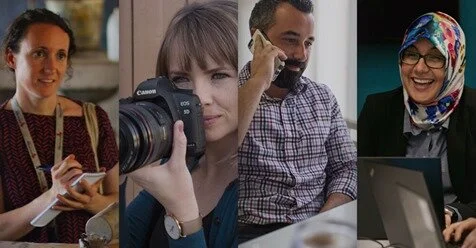By Corey Hutchins
As local newsrooms across Colorado tentatively bounced back from a pandemic-induced battering in 2021, Colorado Media Project offered $5,000 matching grants to more than two dozen that applied to help inspire local individuals to financially support a vital role in keeping communities informed.
The 2021 #newsCOneeds matching grant challenge, completed during the month of December, helped 26 locally-run Colorado news organizations collectively raise more than $700,000 from about 5,000 individuals — eclipsing the previous year’s total by more than $120,000. Of the total amount in 2021, almost two thirds came from small-dollar contributors.
2021 was Colorado Media Project’s fourth year offering matching grants in coordination with the year-end national #NewsMatch campaign run by the Institute for Nonprofit News, which has helped nonprofit newsrooms around the country raise more than $200 million since 2016. What sets Colorado’s state-based #newsCOneeds campaign apart is that participating outlets include some for-profit newsrooms in addition to nonprofits.
In Colorado, participating news organizations included small locally-owned rural and urban newspapers, community radio stations, hyper-local digital outlets, nonprofit newsrooms, a public benefit corporation, a big city alt-weekly, a one-person startup, and more. Some of them were first-time participants.
One notable feature of the 2021 campaign was how much it served as a crucial tool for helping traditional newspapers learn how to articulate themselves as a public service to their communities that is worthy of support beyond subscriptions and advertising.
As for what the $700,000 in fundraising accomplished for those who participated, newsroom leaders say the money they raised helped fund a reporter’s salary, expand Spanish language coverage, support a new funding development model, and more. In one case, the new revenue helped bolster a newspaper’s transition from a for-profit monthly newspaper to a nonprofit with a goal to hire more reporters and expand its digital presence including more frequent coverage.
Local for-profit newspapers: Don’t be afraid to ask for money
While many of the 2021 participants were veterans of the #newsCOneeds campaign, others found themselves joining a cohort and receiving strategic help in wrangling local support for their newsroom for the first time.
One of them was The Crestone Eagle, a monthly for-profit newspaper in rural Saguache County in Southern Colorado’s San Luis Valley, an area about the size of Delaware that doesn’t have a particularly robust local news scene. The paper is currently in the process of converting into a nonprofit and beefing up its coverage after a group of locals banded together to raise money for the transition.
“This campaign gave us an opportunity to reach out to our small community and tell the story of this big shift in the paper’s foundation,” says Jennifer Eytcheson, the Eagle’s advertising and production manager.
In addition to raising more than enough to get the matching grant, subscriptions for the paper tripled during the month-long campaign — and it’s still paying dividends. Some contributors signed up for recurring donations, and months later some supporters are still using a “give” button that appears on the paper’s website that the Eagle didn’t have before. “We’ll get these little donations that’ll surprise us,” Eytcheson says, “and that’s without even trying.”
Her advice to newsrooms is to know that community members will step up and people are ready and willing to give. All you have to do is ask.
That sentiment echoes across the Continental Divide where Erin McIntyre, co-owner of The Ouray County Plaindealer, says fundraising is not something that comes naturally to her as a journalist.
She had purchased the small rural newspaper with her husband in 2019 after the pair left a larger paper in the region. Since then, the two journalists have become more used to telling the stories of others in their community and not so much their own. The campaign, she said, helped her overcome that. No matter how small a newsroom is, or if those running a newspaper have never tried to raise money from their community before, they shouldn’t feel awkward about promoting themselves, she says.
“If you're doing quality, rigorous work for the community, your readers will step up to help you do more good work,” McIntyre says. “They know newspapers have been struggling. Let them know what kind of awesome work you've done and what you want to keep doing – and let them be a part of helping you accomplish it."
Elsewhere in the state, Colorado Community Media, which runs a string of two dozen mostly subscription-based weekly newspapers in eight Front Range Colorado counties, recently underwent a unique-in-the-nation ownership model transition. In the past, the company used to only run small fundraising campaigns targeted to readers of its papers that were free, which accounted for about 25% of them.
In 2021, during the #newsCOneeds campaign, CCM decided to test out a giving drive among its subscriber base for the first time.
“It’s well known in philanthropic giving circles that subscribers are your best supporters; they are the people who are most invested in your success,” says Linda Shapley, a former editor of two larger metro-area newspapers who took over as publisher of CCM last year. So she used the #NewsCOneeds campaign to expand fundraising to its subscribers.
“To be honest it was a little scary,” she says, adding, “as a first-time publisher it was a different place for me to be. It wasn’t something I did as an editor.”
The campaign, she said, taught her a lot about how to explain the value of the newspapers and their worth to their audiences. “For as much as what we want to do in our communities, it’s important for folks to know who we are and to know why we’re here,” she says. “And the News Colorado Needs campaign kind of gave me the opportunity to really kind of dig into that.”
Colorado Community Media exceeded its fundraising goal.
Something Shapley says she learned from the campaign, and something she’s still using months later, was how to craft her message about why the newspapers are so valuable and why their individual communities should support them beyond just through subscriptions and advertising.
Advice for newsrooms: Leverage matching grants
While the #newsCOneeds campaign helped for-profit newspapers wrangle support from their readers to support their roles as a public service in their communities, nonprofit newsrooms, which are typically versed in fundraising for their journalism, were able to leverage the state-based campaign with the national #NewsMatch fundraising drive to super-charge local financial support.
The Sopris Sun, a weekly nonprofit newspaper in Carbondale in Colorado’s Roaring Fork Valley, has been raising money from the community for more than a dozen years after a local for-profit paper closed up shop in 2008 and the Sun came on the scene to supplant it.
“Last year was our best fundraising year ever,” says the paper’s executive director, Todd Chamberlin. He credits that in part to the way the paper was able to leverage the matching #newsCOneeds grant with the matching national #NewsMatch grant since the two campaigns were strategically running simultaneously. The paper was able to tell potential donors that their contributions would be tripled because of the state and national matching grants.
Chamberlain recalls supporters getting in touch to let him know they wanted to make sure they donated at the right time because of it. “People know that their money is going further to support the community,” he says.
The new revenue helped the paper hire an associate editor to run a Spanish-language section of the paper and expand its original content in Spanish.
Suggestions for next year
Like last year, multiple participants in the 2021 campaign said they appreciated the guidance from #newsCOneeds organizers with fundraising templates, coaching, and strategy, and also benefited from corresponding with their peers and dedicated cohort groups about what was working and what wasn’t. (One said smaller cohort get-togethers were more valuable than large group meetings.)
A participant working in radio recommended the campaign to broaden advice to future cohorts in how to fundraise beyond social media and email campaigns, and also to consider opportunities for participants to pool resources and approach outreach as a group. A print newspaper participant spoke of a disconnect on the value of digital strategy for print-forward publications.
Like last year, the idea of starting training, preparation and strategy earlier, perhaps as early as September, came up. One digital news site that relies on PayPal for donations suggested keeping an eye on the changing terms of service at such platforms and companies to mitigate potential hurdles before next year’s campaign.
One large nonprofit newsroom hopes for a future extended campaign that runs for two months beginning in November. A newspaper participant suggested extending the program across the calendar with ongoing support or monthly meetings to keep up the momentum.
A community radio news manager agreed that doing so would help with "keeping the energy — even when you're pooped and the news stinks."


